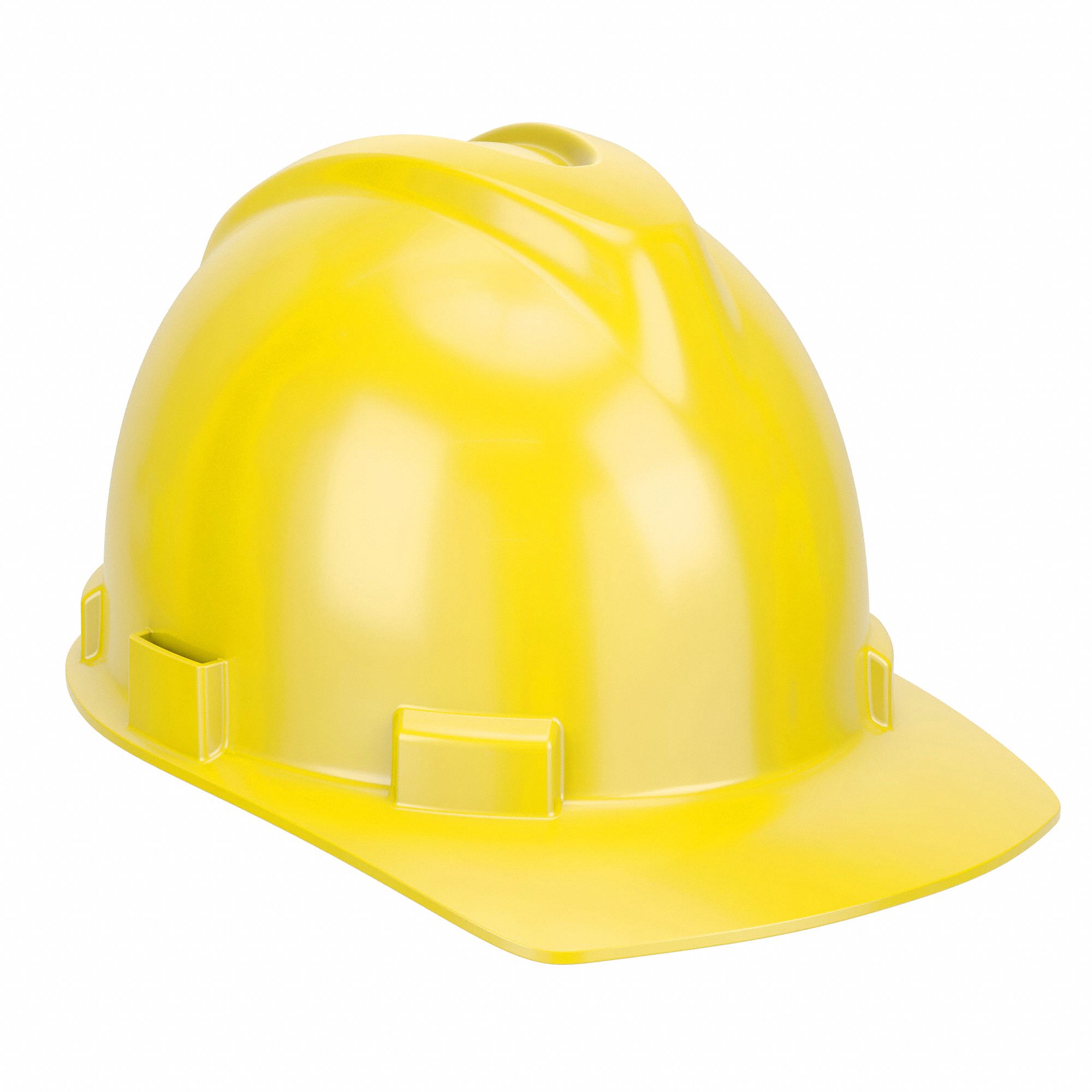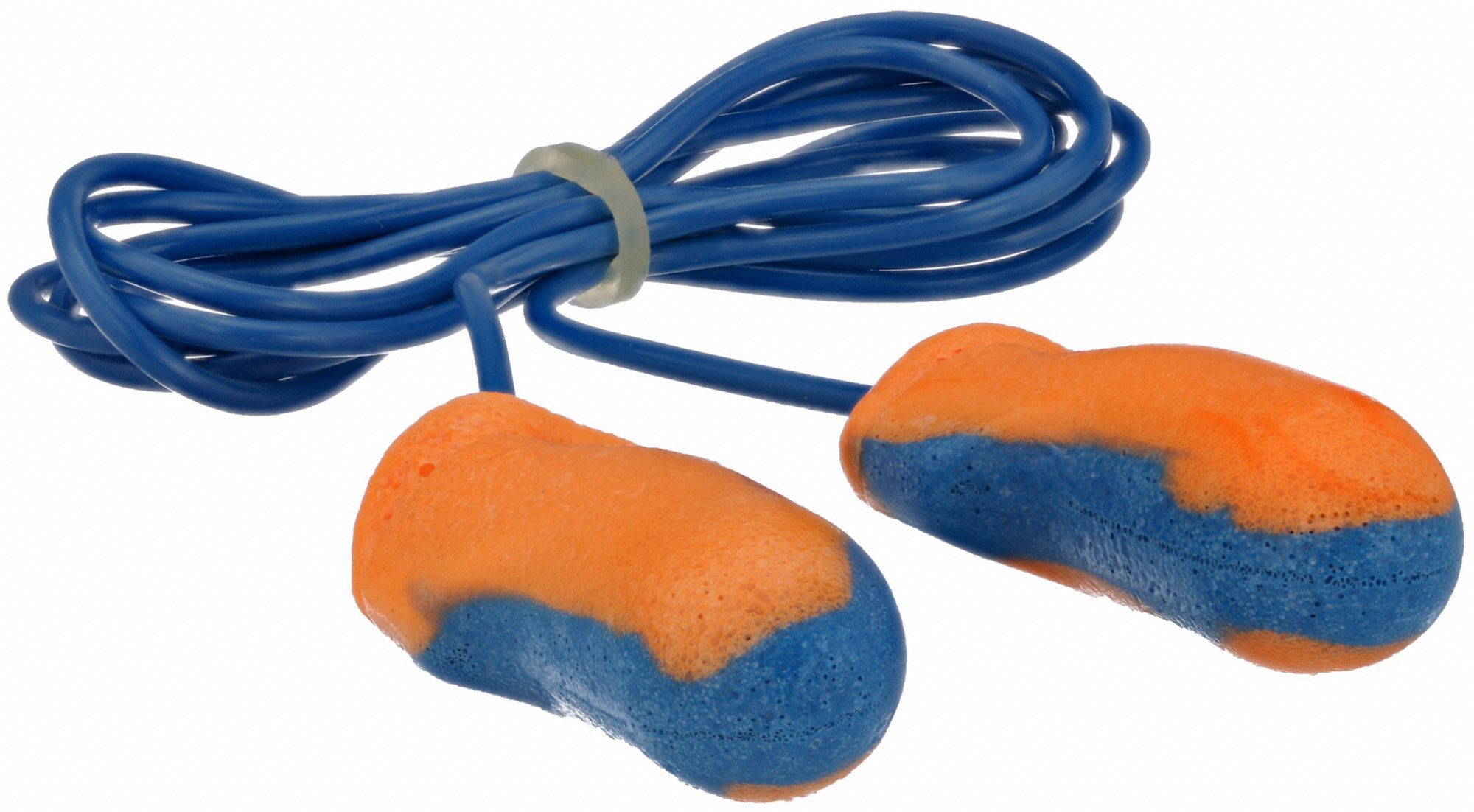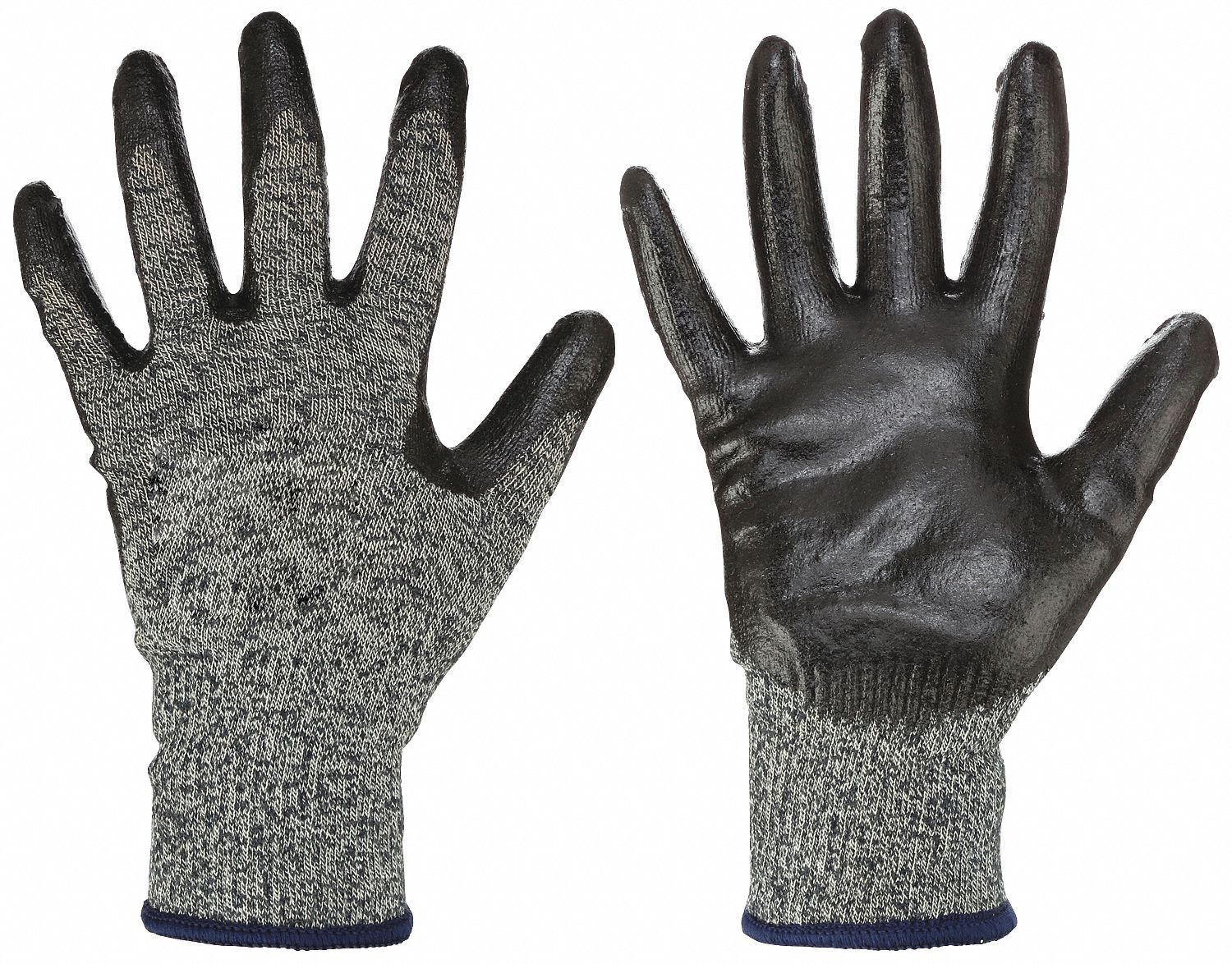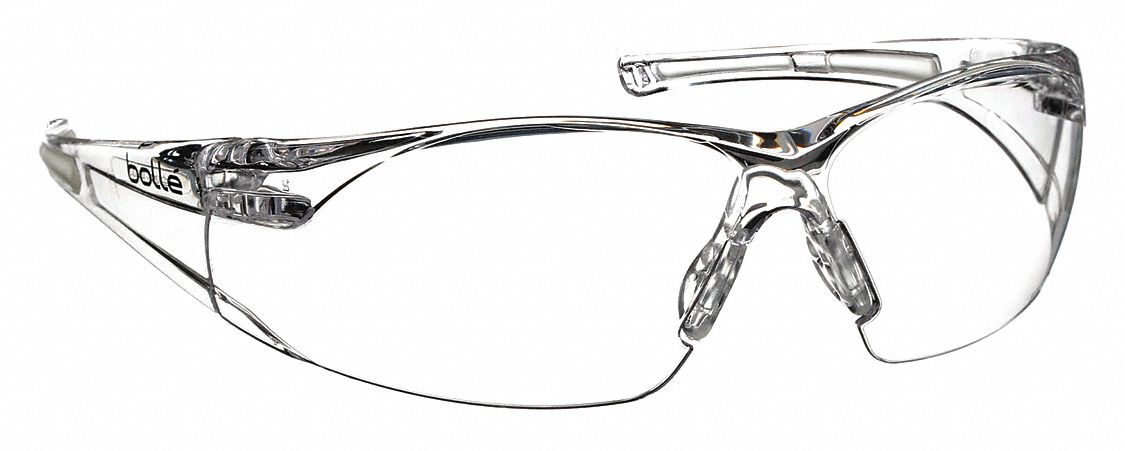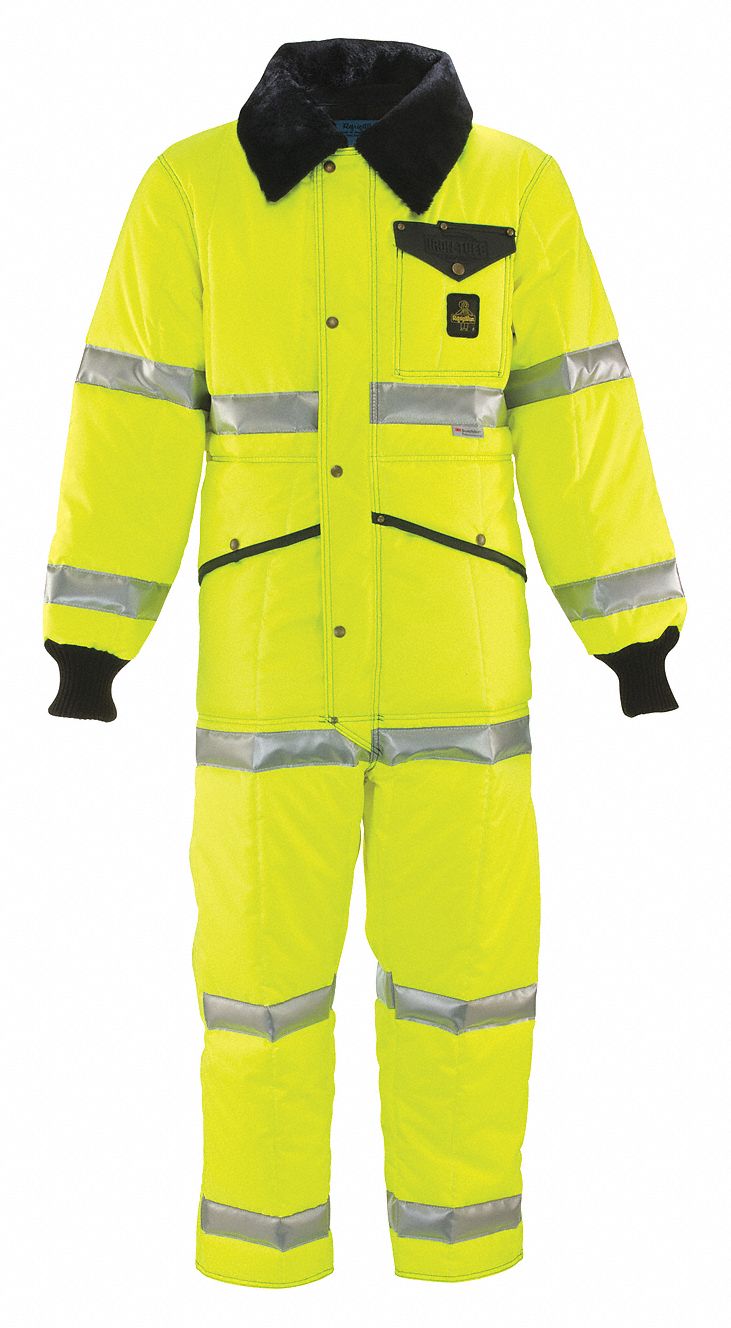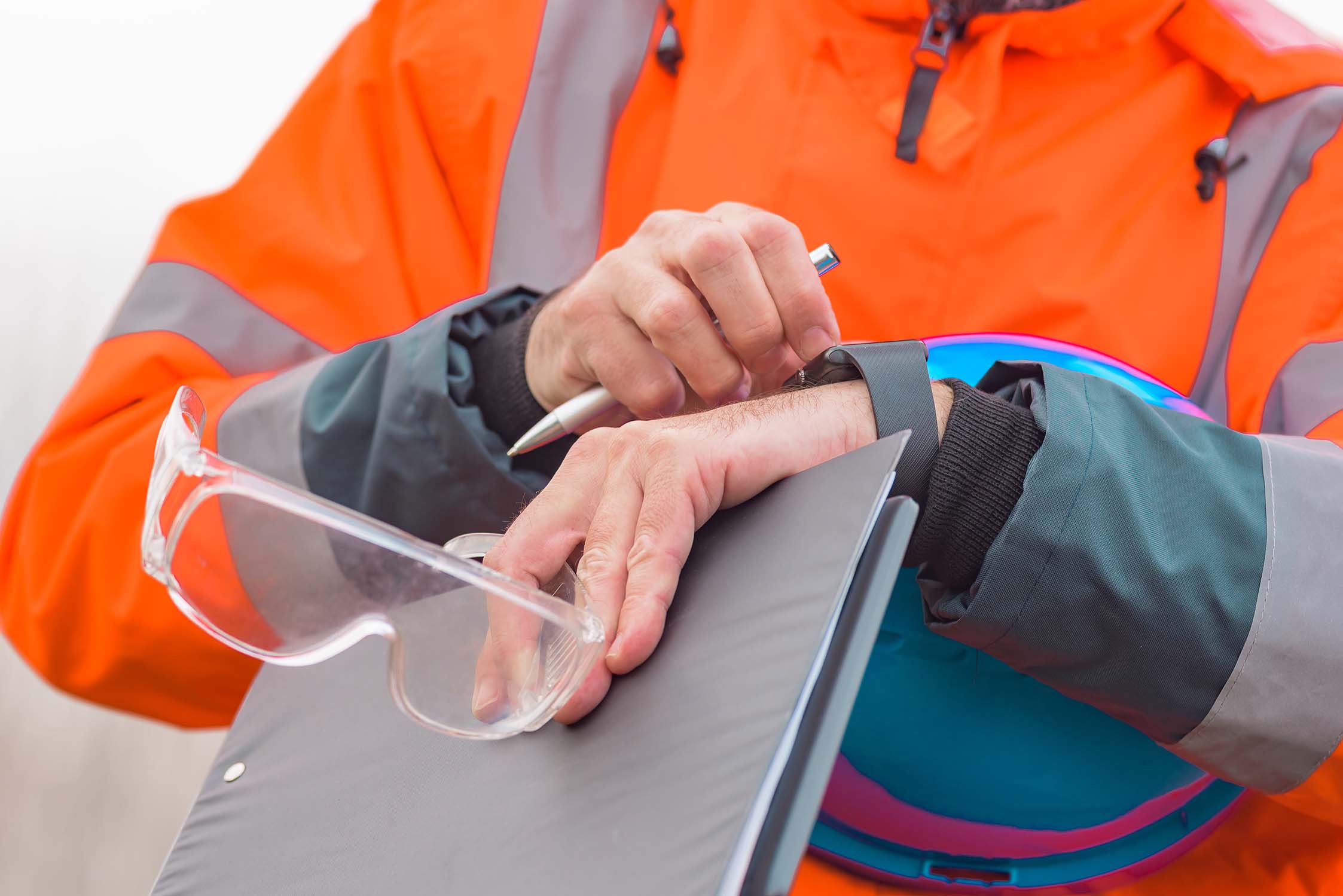

Can Your Smart Watch Keep You Safe at Work?
By Grainger Editorial Staff 7/26/22


Fitness tracking has come a long way. The earliest digital trackers couldn’t tell you much more than how many steps you took each day, but contemporary wearables offer an immense amount of physiological data.
Today, if you wear the right watch or wristband, it’ll tell you exactly how fast your heart is beating, how much stress you’re under and how much REM sleep you got last night, just for starters. And just as helpfully, it’ll connect to an app that lets you analyze and compare data at a glance.
Now a new generation of connected devices has moved beyond personal fitness—and beyond watches and wristbands—into the occupational health and safety space. These new devices and systems collect data that can offer safety managers powerful insight into some of the stickiest hazards in the workplace.
Take SIFs, for example. The leading indicators that can help prevent serious injuries and fatalities, or SIFs, can be challenging to monitor and measure, but connected devices can help. Connected devices can also simplify and improve processes for incident tracking, training, asset management, quality control, worker wellness and even environmental compliance.
To see what kind of power they can have, consider musculoskeletal disorders, or MSDs. These are common injuries with high associated costs for both workers and employers. In 2018, MSDs accounted for 30 percent of the injuries that led workers to miss days on the job,
Implementing standardized processes and controls to prevent these injuries is challenging, often involving close observation and coaching or subjective self-reporting. But wearable devices can give workers real-time feedback on their biomechanics, detecting at-risk postures or movements that can lead to MSDs.
How does this look in practice? A smart workwear system might use sensors embedded in clothing to detect the angle of the wearers’ arms, vibrating to provide what device makers call "haptic feedback," alerting wearers when they're raising their arms in a way that increases their risk of upper-body MSDs. In a 2020 study, researchers deployed just such a system and found that it improved work technique and supported workstation design, accurately and inexpensively.
It goes far beyond ergonomics. There are already safety wearables that monitor a host of other warning signs, including fatigue, temperature stress and exposure to hazards like hand-arm vibrations, noise, sunlight and dust. During the pandemic, wearables were developed to help essential workers follow social distancing guidelines and to allow workplace-level contact tracing. In addition to the familiar wristband, safety wearables come in many shapes and sizes—connected harnesses, hard hats, insoles and belt-clip devices, just to name a few.
And with about 20 percent of Americans already wearing smart watches or fitness trackers, it's worth keeping in mind that these consumer devices foster good overall health, which matters at work as much as it does at home. In fact, some companies are giving workers fitness trackers to encourage them to improve their health and to qualify them for health insurance discounts.
Another advantage of connected safety wearables emerges when they feed their data into a central system. This in turn can give safety managers access to dashboards that enable automation and predictive analytics. It also allows the monitoring of lone workers in high-hazard situations, where few other control measures are available.
However, the collection of individual data also raises a major concern that can hamper adoption: privacy. It's natural for workers to have questions and fears about what kind of data will be collected and how it will be used. A study published in Applied Ergonomics looked at what companies can do to encourage employees to view connected wearables positively. Among the authors' recommendations was to involve workers in the selection process for the devices and to build trust by clearly communicating why, how and by whom the data will be used and protected. Transparency is key.
Connected worker technology has the potential to be an extremely effective tool for safety managers. Take a deep dive into the existing technologies, applications and best practices in this Grainger webinar, and learn how Grainger can help.
The information contained in this article is intended for general information purposes only and is based on information available as of the initial date of publication. No representation is made that the information or references are complete or remain current. This article is not a substitute for review of current applicable government regulations, industry standards, or other standards specific to your business and/or activities and should not be construed as legal advice or opinion. Readers with specific questions should refer to the applicable standards or consult with an attorney.

